When we sew, we attach two pieces of fabric to each other, and that fabric has to be held together somehow before stitching. There are basically two ways to hold that fabric together, pins or clips. Today let's talk a bit more about pins--as they are tiniest of tools, often overlooked, but oh-so-important! We'll focus on clips in our next post.
Check out our quilters pins:https://sewingbysarah.com/products/100-stainless-steel-quilting-pins
Anatomy of a Pin
Pins are made of metal which can vary from stainless steel (most common) to chrome-plated steel (least common). For most of us, the type of metal is not that important, but if you plan on pinning a quilt or garment and leaving it for awhile, be aware that some metals rust when exposed to humidity or moisture. Be aware that stainless steel pins don't typically work with magnetic pin cushions.
Pin heads can be glass, plastic or metal. Personally, I prefer the glass heads as they don't melt under the iron. I also like the flat plastic heads; they're easy to grip. The small metal headed pins are my least favorite; they're tough to hold onto and easily get lost in fabric. (Once I left one pj pant hem, which made my daughter very unhappy).
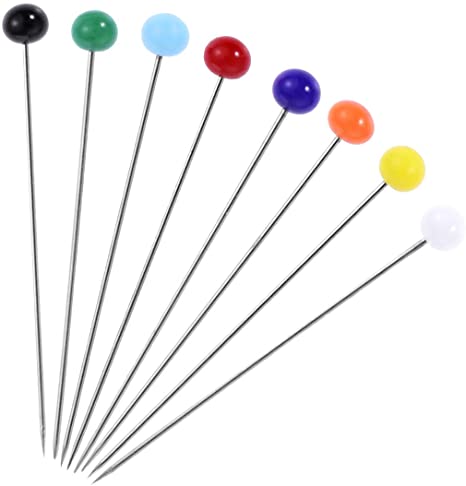

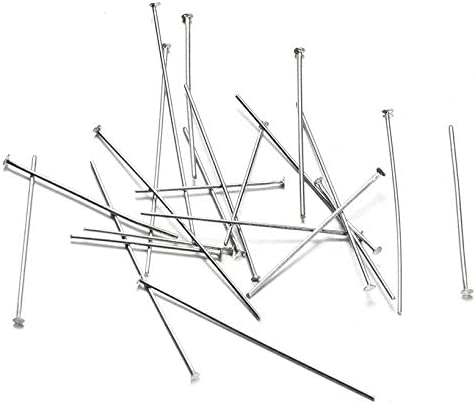

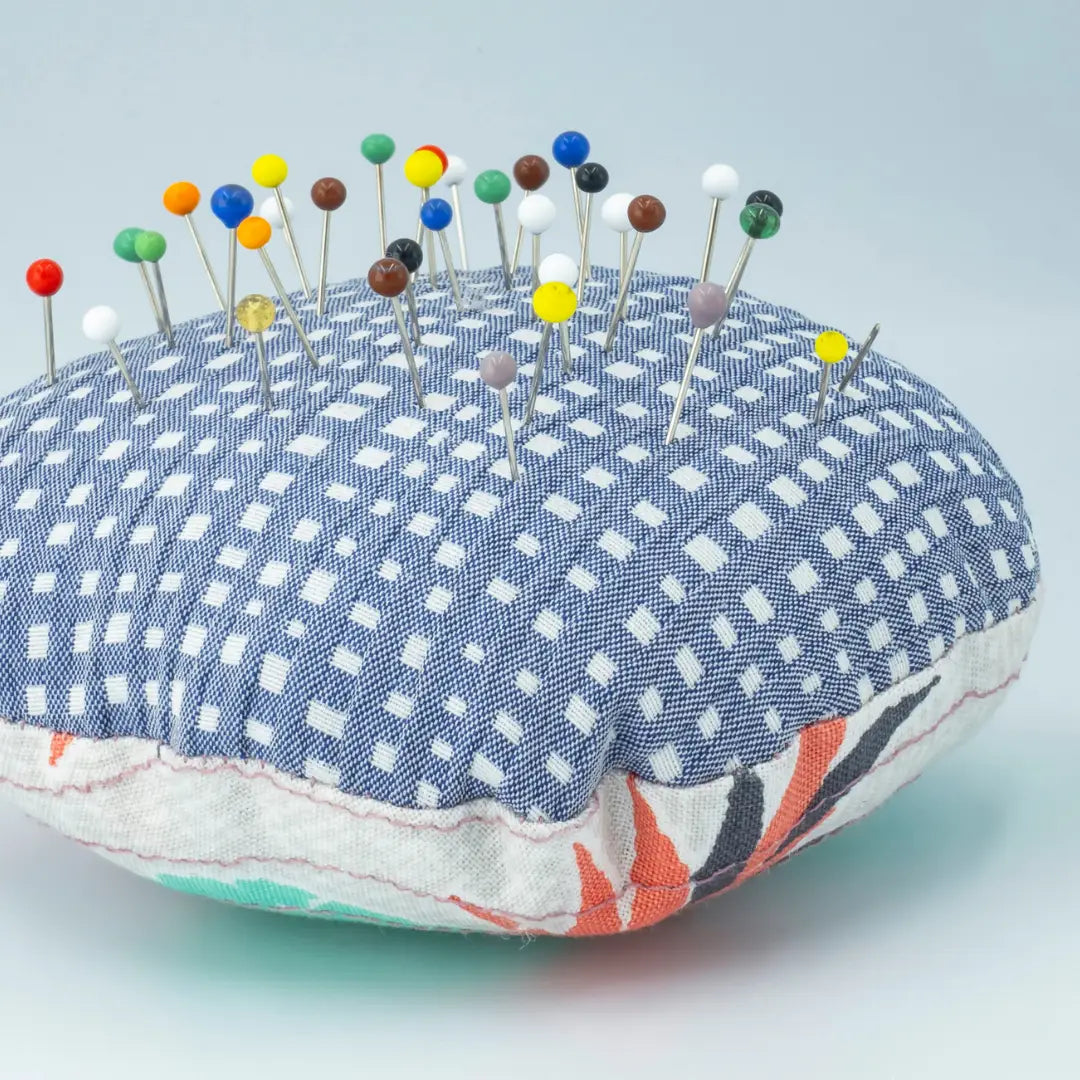
Stay in touch and Show us what you've made:
Instagram: @sewingbysarahstore
Facebook VIP Group: https://www.facebook.com/groups/sbsvip

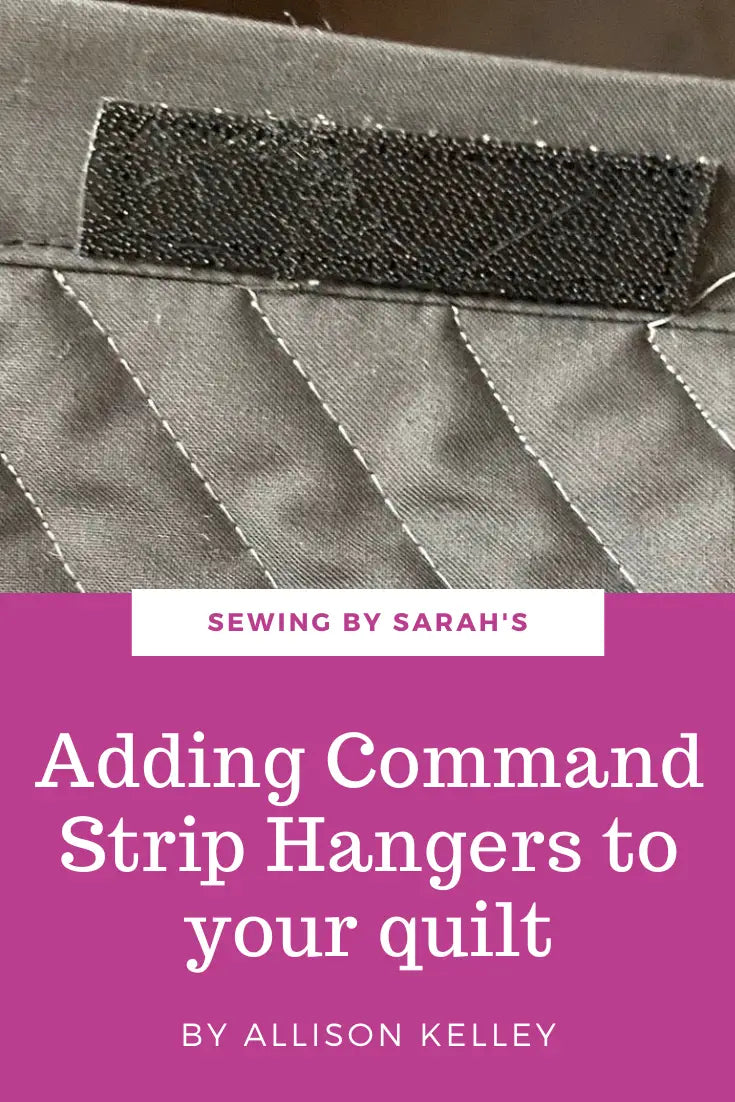
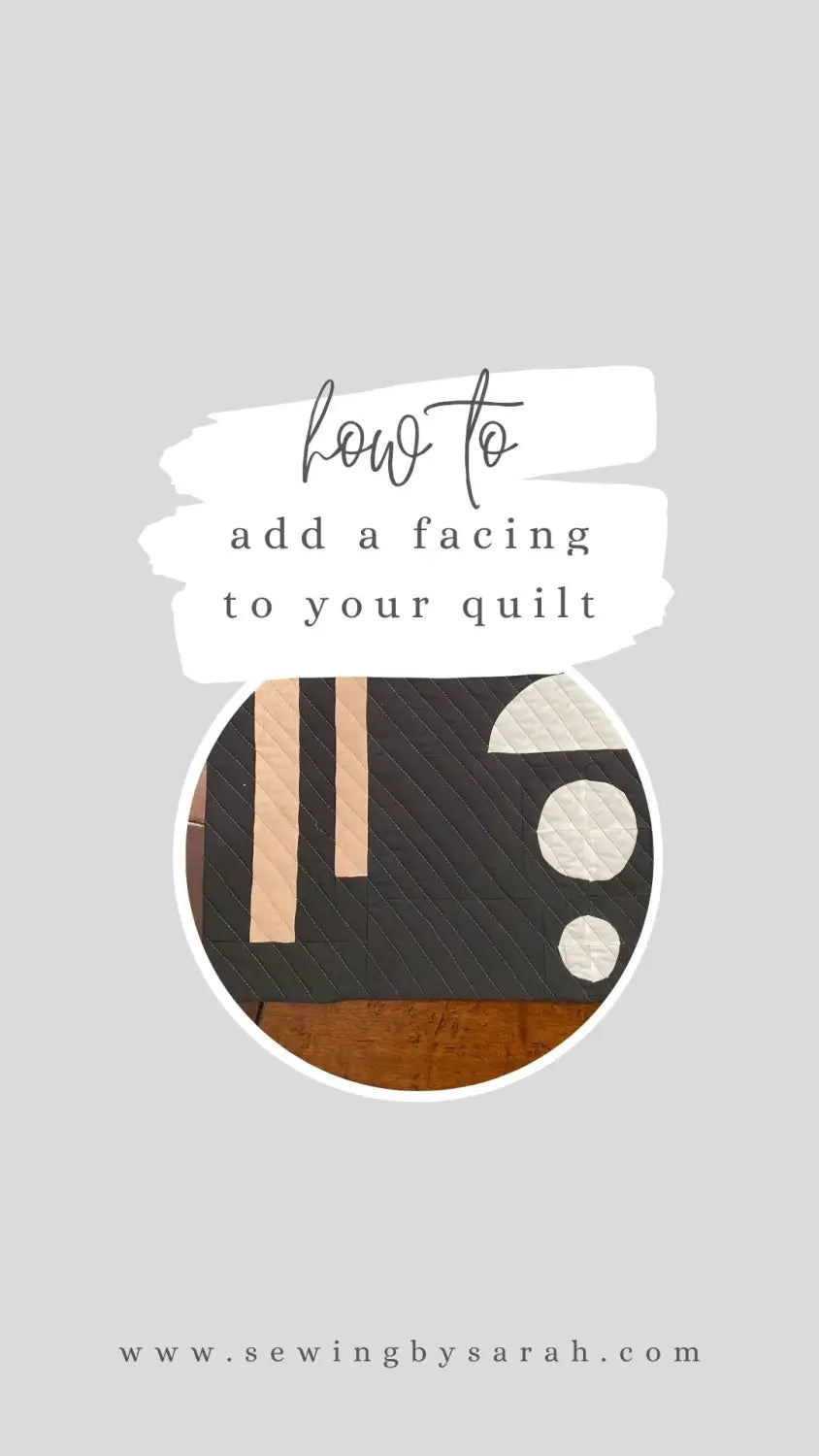
Leave a comment (all fields required)